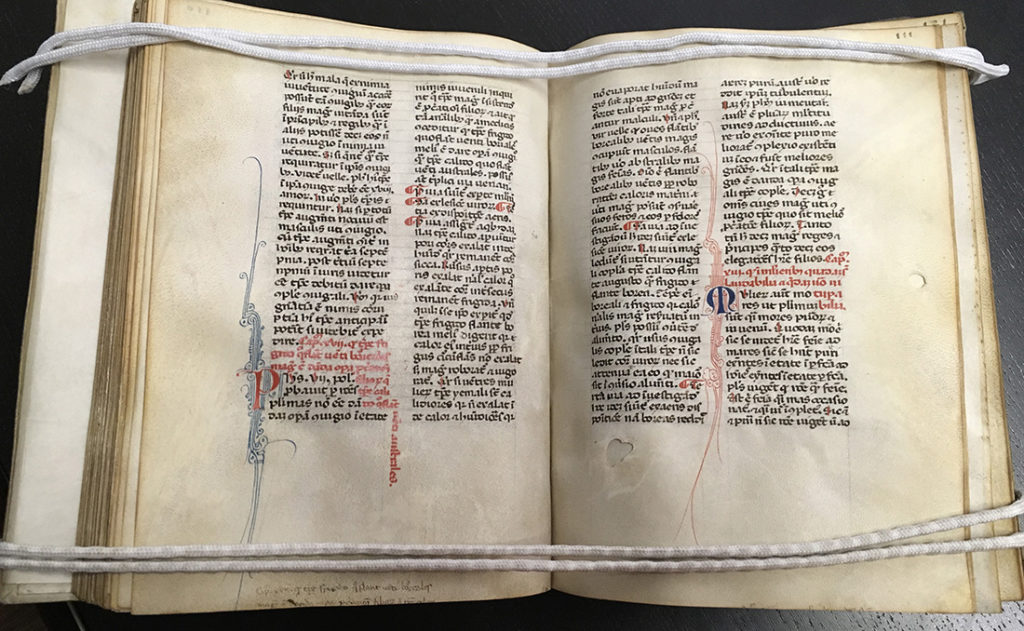Two weeks ago, we read Giles of Rome’s advice on moderation in the diet, and this week we are examining the best time to conceive children – male and female. In the Book II, Part I, chapter 17, Giles explains what Aristotle says in Textus poleticorum and De metheoris regarding conception.

…For in hot times, small holes and pores of the body are open, and moisture leaves [the body], and the body is dry. Also when the small holes and pores are open, natural heat leaves [the body], and the body is cold within. And this each man may know, for cold times when the northern wind is blowing is best for digestion, for the cold holds in the natural heat [of the body] and it [the heat] does not leave [the body], but is produced within and is stronger.
Therefore, in winter time when the northern wind blows, men are hotter, for the natural heat does not leave [the body], and it is more moist; because of the moisture within, men have a greater ability to produce children. In such times, most males are conceived…[the mother] conceives males when the northern wind blows and females when the southern winds blow. And when the northern wind blows, the heat of the mother’s womb is mightier and stronger, and the mother is better able to keep and save what she conceives…
…For while the northern wind makes the air pure and clear, the southern wind makes it troublesome and thick… when the air is pure and clear, one’s temperament is better and the chance for conception greater. Therefore, it is advised to have weddings during such times. It is suitable for all citizens to get married in such times, which are best for conception and formation of children. However, it is most appropriate for kings and princes, for it is proper that they have the most attractive and well-shaped children.
[Translated from John Trevisa’s early 15th-century Middle English translation]
Humoral medicine relied not only on one’s temperament and date and time of birth, but also on the time of year, which is seemingly a significant factor in conceiving a child and the child’s gender. (For more on humoral medicine, see earlier posts here and here.)
